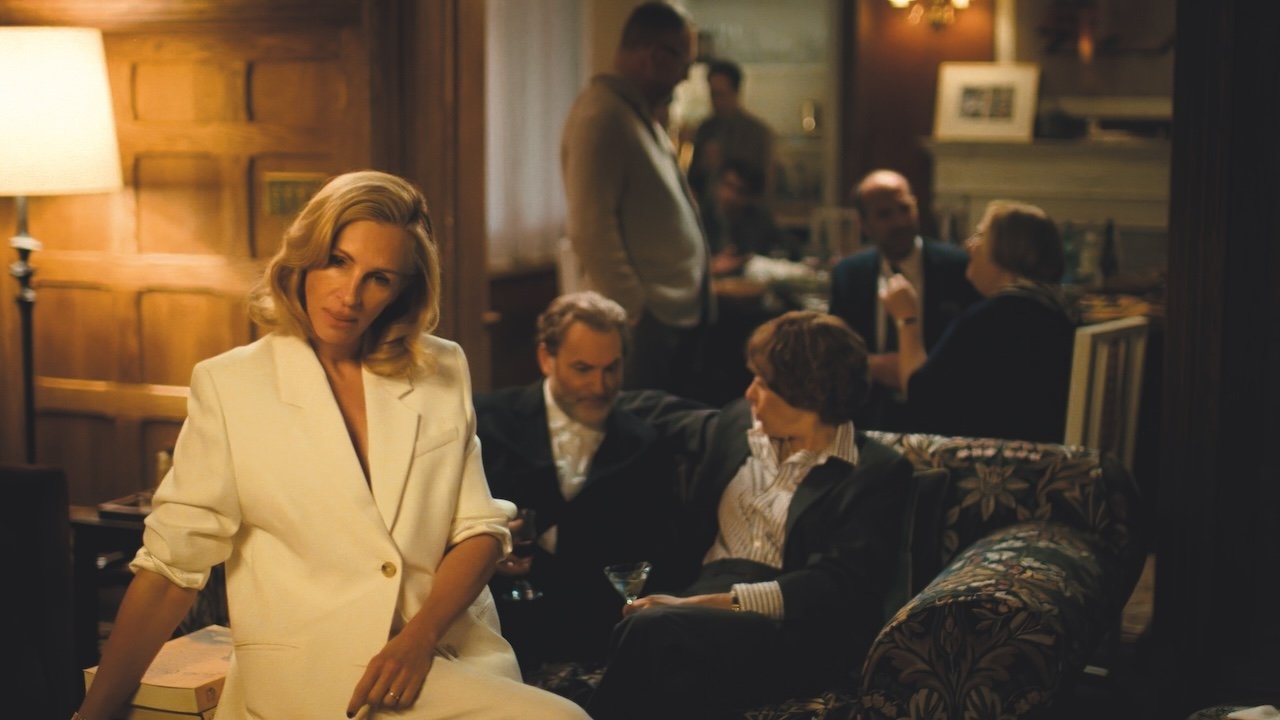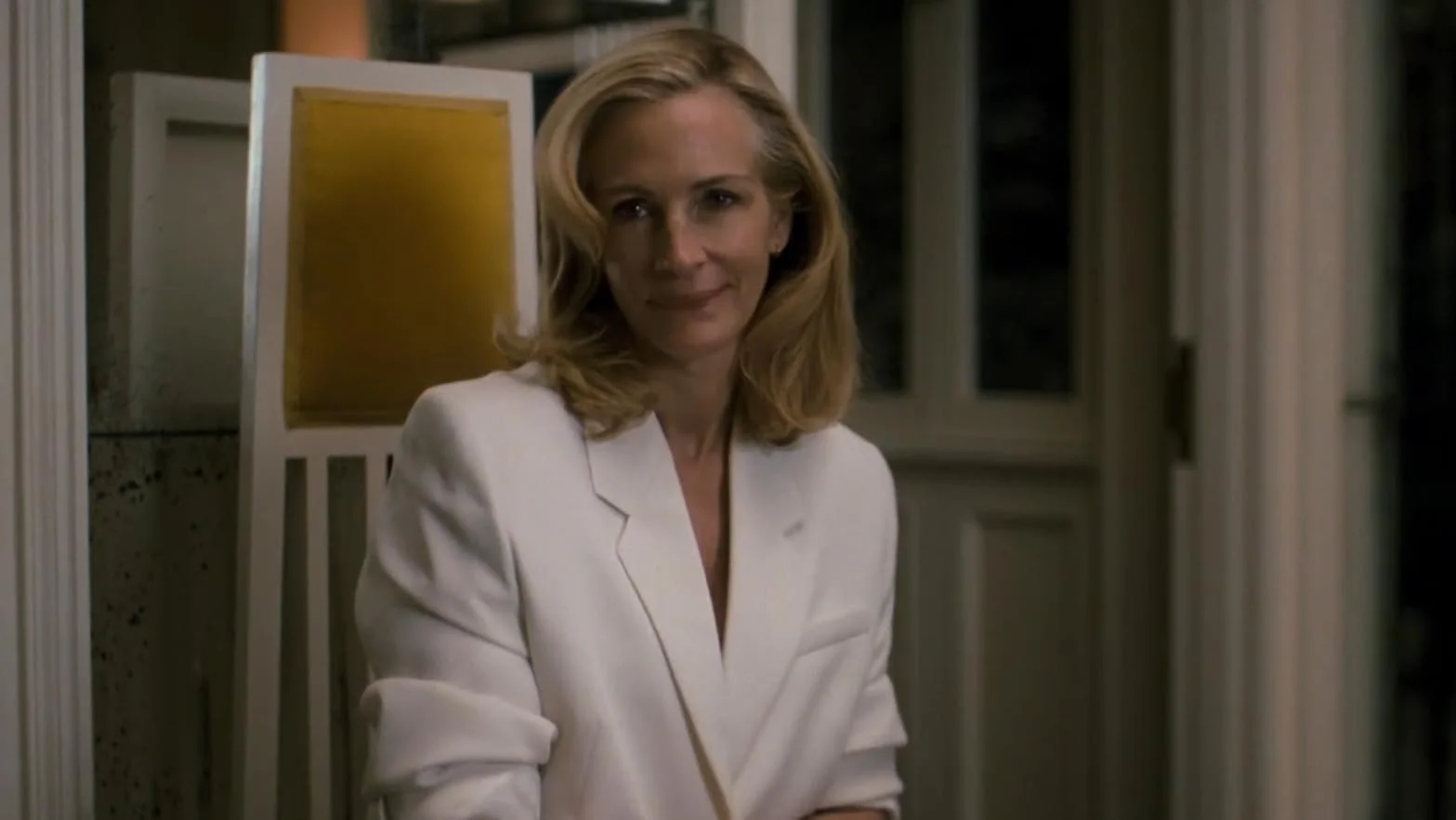‘After the Hunt’ Review: Luca Guadagnino Confronts Your Conception of Cinema
After the Hunt may be the most contemptuous movie of the year, and that’s precisely why it works. Luca Guadagnino confronts the audience’s conception of the truth and forces them to rethink how they perceive and view movies as he rejects dialogue to focus on the strongest images of his career.
The tagline “Not everything is supposed to make you comfortable” is the most apt descriptor of your experience watching Luca Guadagnino’s ‘After the Hunt’. Life won’t make you comfortable, and not every movie is supposed to coddle and handhold you into thinking one way. There are many ways one can parse this line, but in the context of the film, the line is spoken by Yale professor Alma Imhoff (Julia Roberts) in front of her protégé, Maggie Resnick (Ayo Edebiri). The latter recently accused Alma’s colleague, Hank Gibson (Andrew Garfield) of sexual assault. What’s most interesting about how the line is spoken – in the broad picture of the movie – is how it can be interpreted depending on our subjective experience watching Alma destroy herself further in the wake of the blowback of Maggie’s alleged accusations against Hank, and our own conception of what cinema should strive to achieve, as a primarily visual medium.
Of course, Hank vehemently denies any wrongdoing, but is quickly fired by the teaching department, after Alma’s testimony supports Maggie, and the higher-ups believes it is the right thing to do, optics-wise. The movie then begins to veer in a direction that isn’t at all what its introduction promised to the audience, offering no answers to whether or not Hank did what he was accused of, and if Alma’s current beliefs are perhaps the cause of a past experience she had with an alleged sexual assault. Instead of giving easy answers to anything, Guadagnino confronts the audience’s values – and their conception of cinema – with an often contradictory object that always fascinates in how he never gives the audience lines of thinking to the questions and themes he and screenwriter Nora Garrett treat within this fictionalized story of an event occurring in the middle of the #MeToo movement.
What does Guadagnino want to say on “cancel culture” when he directly copies Woody Allen’s opening credits sequence, right to the font, structure and breezy music? This is perhaps the most disconcerting visual reference I’ve seen coming from the Italian filmmaker, who, throughout his career, has cited, and even celebrated problematic figures of cinema in his work. They never challenged the audience as much as this, but his corpus of films is full of them if one pays attention. References to Bernardo Bertolucci abound in his filmography, going so far as to even make the documentary Bertolucci on Bertolucci with Walter Fasano, in which the controversial filmmaker responds to himself through archival footage they unearthed from the past 50 years. Perhaps this callback to Allen in After the Hunt means nothing in the grand scheme of his 139-minute movie, but the fact that he’s doing something like this at the expense of MGM (at the time, United Artists) – the studio who, before he moved to Sony, backed most of Allen’s work – feels like he’s aching to provoke and stir a conversation.
Yet, this puts After the Hunt in a rather precarious position even before it truly begins. After its unsettling credits, an opening conversation between its main players, alongside Alma’s husband, Frederik (Michael Stuhlbarg) and Dr. Kim Sayers (Chloë Sevigny) occurs. The dialogues are completely imperceptible, drowned-out by background noises of other figures chatting, loud background music, and, eventually, a shrill, uncomfortable score from Trent Reznor and Atticus Ross, acting as the complete antithesis to their work on TRON: Ares, which released on the same week.
At first, I thought the mixing was terrible, or there was an issue with the cinema’s speakers. Theoretically, I would be correct, because the cinema in which the screening was held is notoriously bad, but that’s a story for another time since, at some point, I realized this was intentional. During a scene where the dialogues are even more drowned-out than they were as Alma and Hank are discussing in a bar, with the former saying, “I can’t hear you,” the line was heard loud and clear. With this act, Guadagnino gives the cue to the audience that they should stop paying attention to the dialogues. They are completely trivial for this staggering exercise in image-making that forces us to become uncomfortable with our own perception of what cinema should strive to achieve, and perhaps, in a way, make us think differently about how this society operates in a world that has become more polarizing and less interested in nuanced, complex discussions. After all, “Not everything is supposed to make you comfortable.”
The Woody Allen primer is indicative of this. Why on Earth would you cite such a piece of garbage in the year of our lord 2025 if not to confront the audience about the history of cinema itself? A madman like Radu Jude would go even further, make an entire film in the style of Woody Allen for shits and giggles. However, Guadagnino knows that this simple gesture will be enough to make us all uneasy in watching a film that dares to ask us to stop and think on how we, as a society, watch movies. The lack of satisfying dialogue scenes, especially in its opening section, forces the audience to look at how Guadagnino, with the aid of cinematographer Malik Hassan Sayeed – his first movie since Hype Williams’ Belly (1998) – frames the characters within its claustrophobic environments, blocks the camera, and eventually moves it to never-before-realized angles of discomfort.
It's hard to put it in words, but this is a movie to need to feel for yourself to understand how Guadagnino operates at a level far beyond any of his contemporaries working in the studio system today. His last two projects, Challengers and Queer, were exercises in strong visual storytelling (with the latter being more thematically-driven than the former, both aided by director of photography Sayombhu Mukdeeprom), films you could watch on mute and understand precisely what’s happening. After the Hunt is exactly the same thing, though the sound enhances our understanding of the black-and-white society Alma is boxed in – the ticking clock acting like a bomb about to go off, the jump patterns of Reznor and Atticus’ music, and the rhythm of its chaotic soundscapes intensified by sharp cuts from editor Marco Costa, all contributing to make the audience feel as uncomfortable as possible at every turn.
One bravura scene encapsulates the whole movie, a simple three-hander conversation between Alma, Maggie and Frederik. The scene should theoretically expose Alma’s biases that will sadly make her take the side of the aggressor, without giving Maggie the chance to speak for herself and make her case in front of her mentor. However, it instead does the exact opposite of that. Costa continuously cuts to Frederik entering the room by slamming the door – Ryuichi Sakamoto, Cesária Évora and Caetano Valoso’s “E Preciso Perdoar” blaring on the speakers – creating a rupture to the flow of the conversation that continuously overwhelms the environment to the point where Maggie doesn’t feel like she’s being heard by Alma or her husband without even saying a word (or, at least, none of the words spoken are perceptible, and purposefully so).
It's at that point, no spoilers here, where we understand Alma’s motives and feel a certain sense of distance towards the protagonist, who lives in a web of complexity and deceit much further than anyone else. Our comprehension isn’t from Garrett’s dialogues, but in how Guadagnino places his camera and examines how Alma looks at Maggie, and, in turn, her husband, who comes in and out of the room, intentionally, to disrupt their talk. Alma is a strange beast of a character, but one that, thanks to Julia Roberts delivering a career-best turn, will likely stand the test of time as one of Guadagnino’s most intriguing characters. With a simple glance or physical gestures (her holding of cigarettes, for example), she says more about herself – and the world she lives in – than any meaningless line of dialogue given in this movie.
Roberts is in complete control of the camera, which Sayeed expertly manipulates to grandiose effect: swift-pan conversations, strong push-ins for maximum dramatic impact during the apotheosis of a tense exchange, mirrors used to represent the divide between Alma and Maggie, while also interiorizing the conflict within Alma herself. Each image is rife with intense meaning that feels so electric in the hands of the man who visualized Spike Lee’s Clockers and He Got Game. The way in which each actor look at each other, and the camera, as Guadagnino and Sayeed makes us more uncomfortable and prefers to put the audience in an acid bath instead of warm, relaxing one, feels deliberately alienating – it holds the audience in contempt, because it also holds the characters in contempt.
Both Roberts and Garfield are terrific together (with Stuhlbarg being an effective comedic counterpoint to every other actor), while Edebiri just doesn’t have it. Save for The Bear and Emma Seligman’s Bottoms, her leading star turn in Mark Anthony Green’s Opus was profoundly misguided, and her dramatic skills feel increasingly limited in the hands of Guadagnino. He can literally play with everyone else, yet Edebiri seems utterly unconvincing from the moment she appears to her final scene, set five years after the event, repurposing the narrative on an even grander scale than on the throes of the #MeToo movement.
The ending may make or break your appreciation of the work, but there’s no denying that After the Hunt is a major event in Guadagnino’s corpus. Forcing the audience to confront the way in which they watch movies, especially in an era that has set them up to fail (movies having “acts” is possibly the biggest fallacy of all film-related academia, turning an artform of image and sound-making into theatrics), Luca also hopes to make them think about the world they live in, through less binary terms than social media has conditioned them to behave.
It’s a deeply antagonistic, inaccessible piece of work that will frustrate and confound many. However, for the ones who are ready to look at After the Hunt – meaning, Sayeed’s incredible, often jaw-dropping shot compositions, a lesson in its own right – what follows may be the most important exercise of cinema Guadagnino has ever given. Stop thinking about film as something you need to understand. The quicker you do this, the more enjoyable – and rewarding – moviegoing will become.




